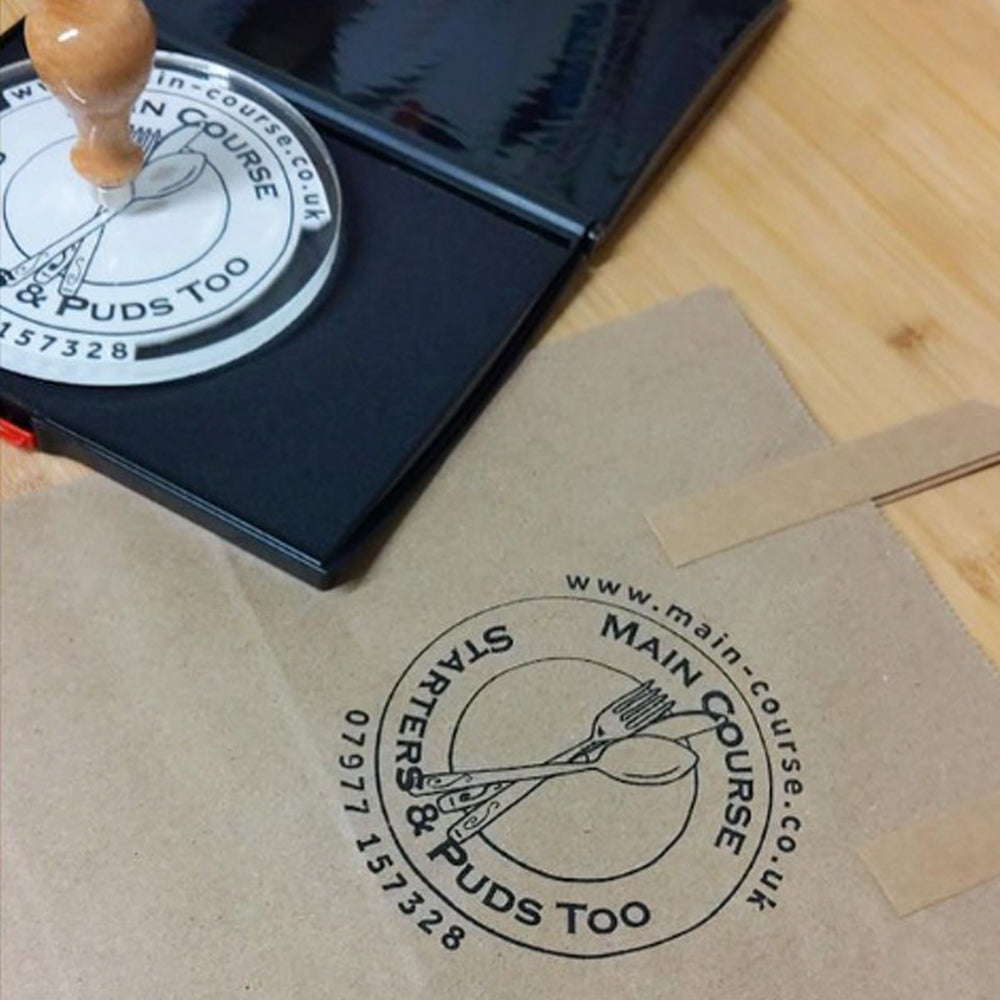The Story of Soda Cups More Than Just a Container
Soda cups are ubiquitous in our daily lives, yet they remain an often-overlooked element of our dining and social experiences. From a casual family dinner at home to a bustling fast-food joint, soda cups serve an essential role that goes beyond simply holding our favorite carbonated beverages. They encapsulate cultural trends, showcase marketing ingenuity, and even raise environmental considerations.
When we think of soda cups, the first images that might come to mind are vibrant colors and assorted designs that catch our eyes. Fast-food chains have long understood the power of branding and have consistently utilized soda cups as a canvas for their logos and promotional campaigns. The bright reds and yellows of Coca-Cola, the iconic yellow of McDonald's, or the green of Sprite are not just for aesthetics; they're part of a strategic marketing effort to create brand recognition and loyalty. Over the years, special edition cups featuring popular movies, characters, or seasonal themes have become collectible items, transcending their original purpose and appealing to a sense of nostalgia.
Moreover, the design of a soda cup is carefully considered. Ergonomics play a crucial role in the development of these cups, ensuring they fit comfortably in our hands and are easy to drink from. The introduction of double-walled cups has contributed to an improved drinking experience, keeping beverages cold while protecting the drinker from the icy exterior. Creative innovations like bendable straws or lids with integrated holes for sipping have been embraced, making the experience more enjoyable and practical.
soda cups

Soda cups also serve as social lubricants, facilitating interactions in a wide variety of contexts. At family barbecues, a cup filled with fizzy soda is often passed around, bringing everyone together as they raise their drinks to toast. In cinemas, the crunch of popcorn paired with the loud sip from a soda cup creates an atmosphere of excitement and shared anticipation. At sporting events, fans clutch their soda cups as they cheer for their teams, symbolizing camaraderie and unity. This simple vessel holds the power to enhance moments, turning ordinary gatherings into cherished memories.
However, the narrative surrounding soda cups hasn’t been without controversy. As awareness of environmental challenges has grown, the focus has shifted toward sustainability. The disposable nature of many soda cups raises significant concerns about plastic pollution and landfill waste, prompting consumers and businesses to reconsider their choices. Many fast-food chains are now transitioning to biodegradable or recyclable materials, hoping to reduce their ecological footprint. As eco-friendly practices become more mainstream, soda cups are evolving to meet these challenges while still fulfilling their traditional roles.
Finally, soda cups also reflect our changing tastes and preferences. With the rise of health-conscious consumption, many establishments are now offering a variety of drinks, including sugar-free options, flavored waters, and energy drinks, all served in stylish cups. This shift not only caters to diverse dietary needs but also illustrates the evolving landscape of beverage consumption, as people seek alternatives to traditional sugary sodas.
In conclusion, soda cups are much more than mere drink holders. They embody cultural narratives, serve as marketing tools, and even face contemporary environmental challenges. By paying attention to this often-ignored aspect of our dining experience, we can appreciate the multifaceted role that these simple cups play in our lives and society as a whole. Whether it’s a festive gathering, a nostalgic moment, or a commitment to a more sustainable future, soda cups will continue to be a small yet significant part of our everyday experiences.



